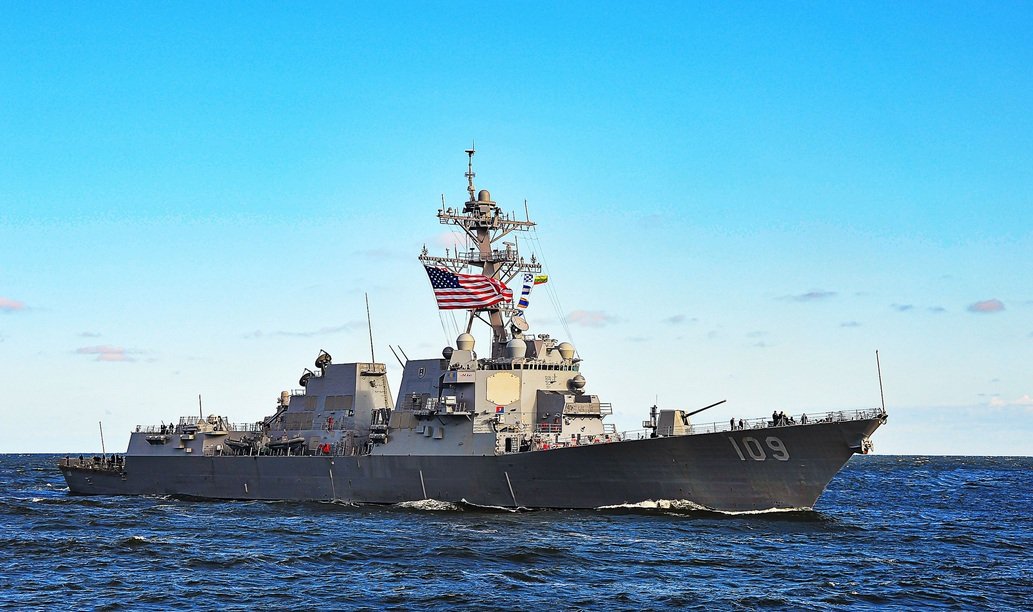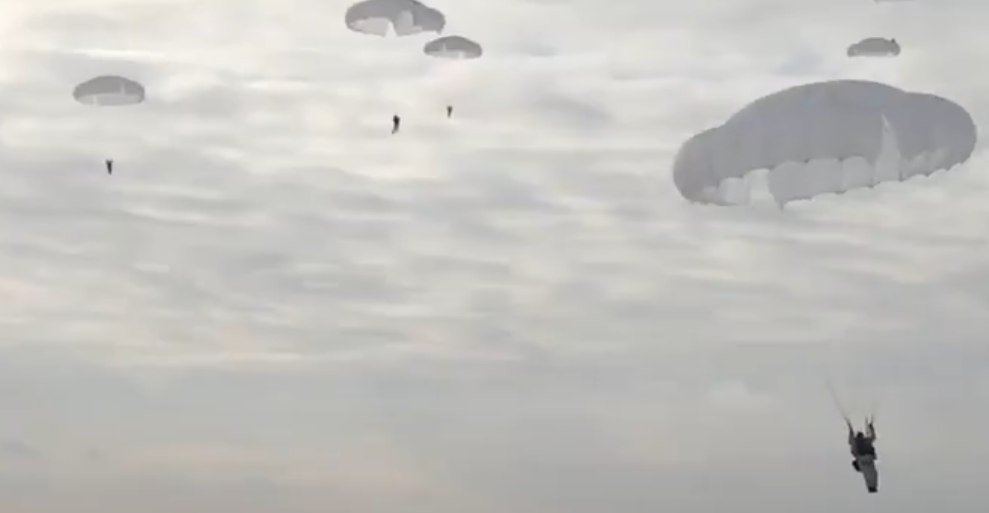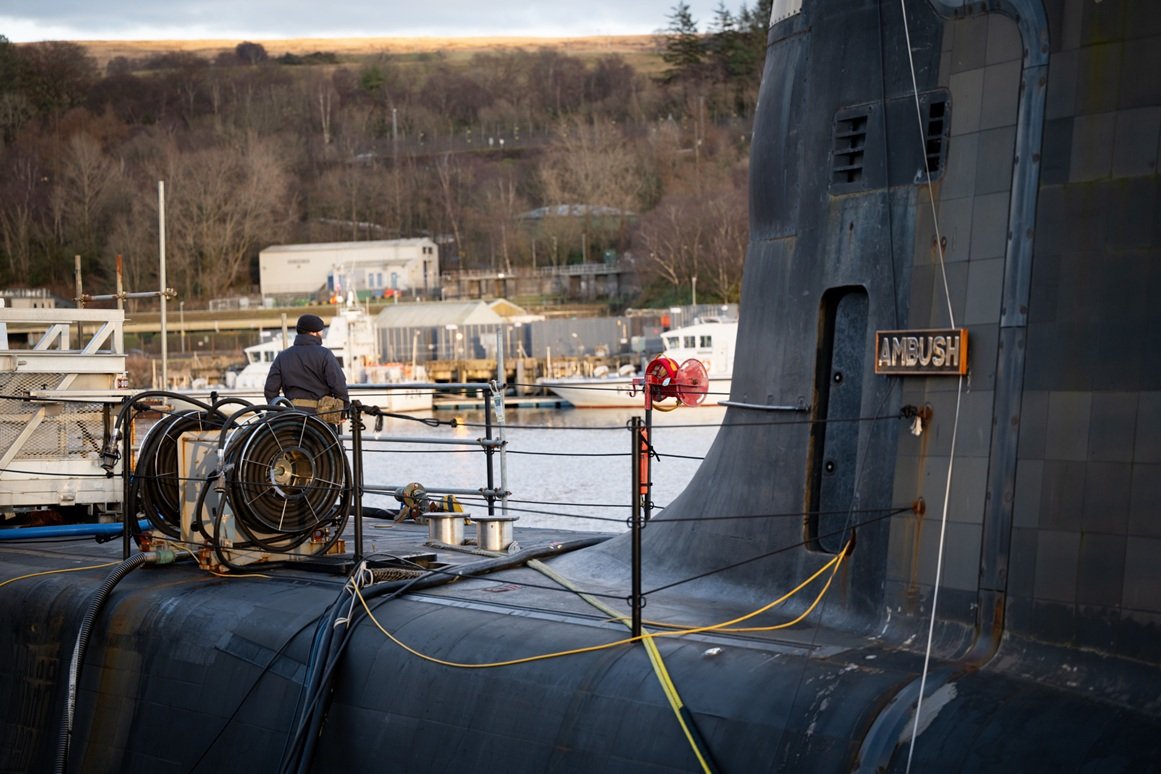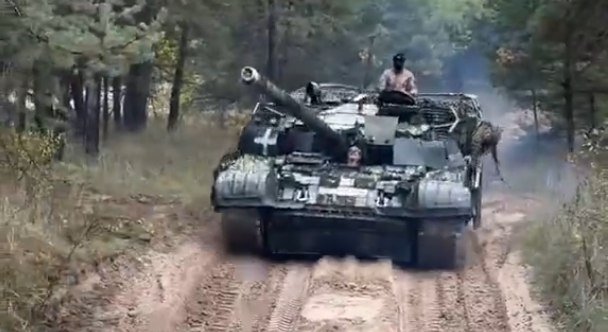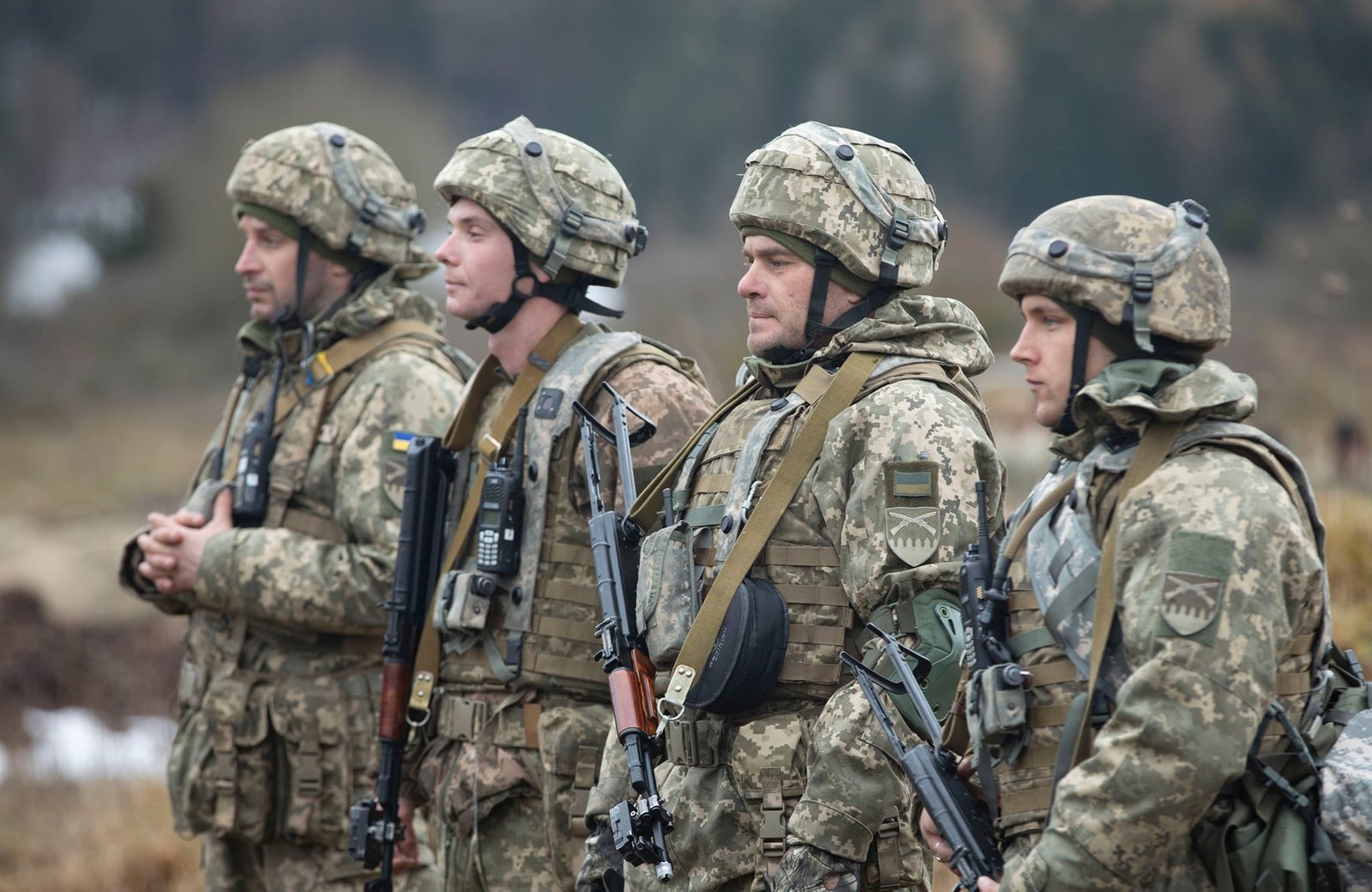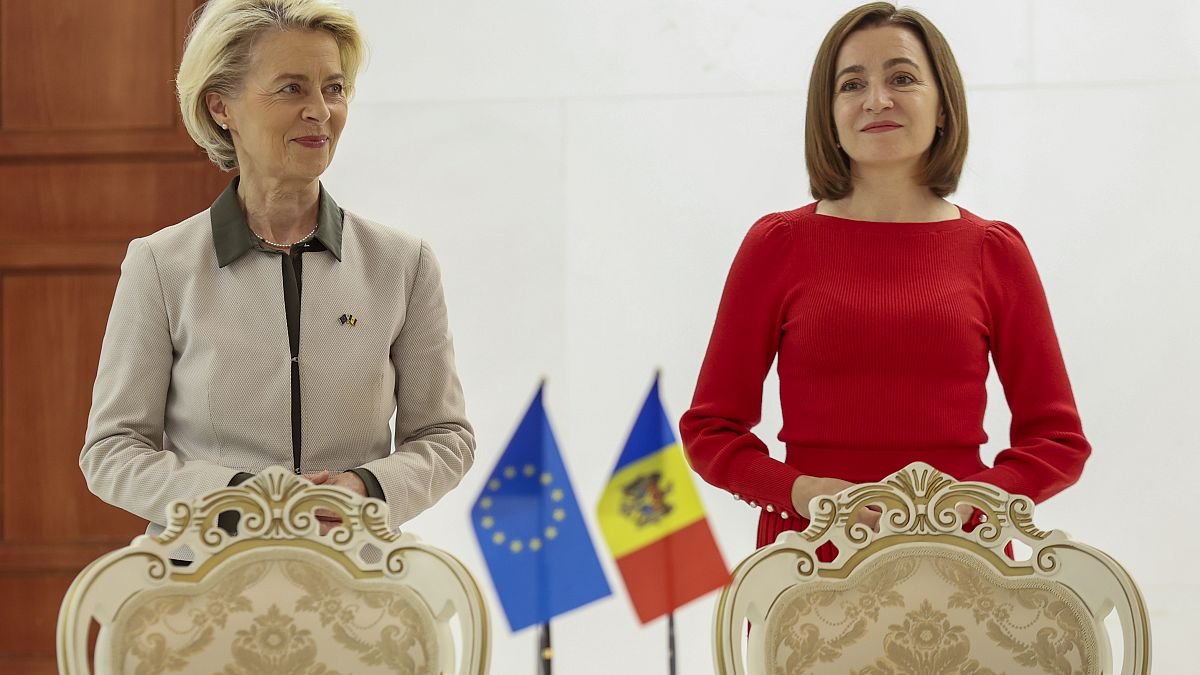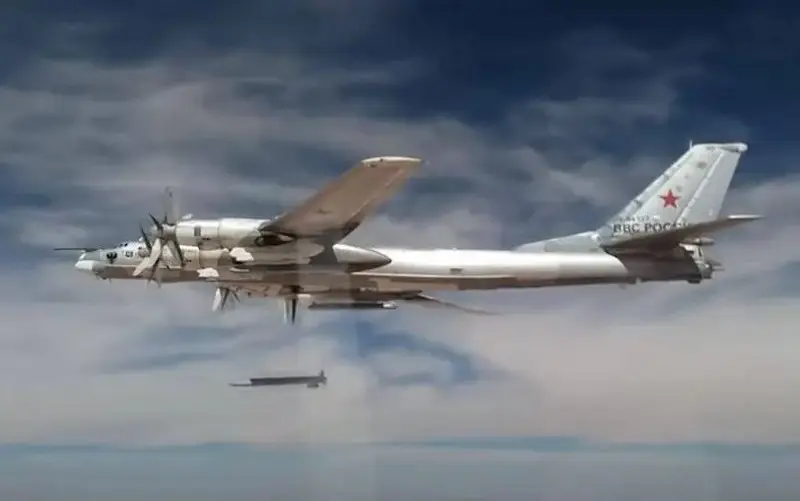
Trump: “Ukraine’s actions gave Putin a reason to bomb it”
United States, June 7, 2025 – Trump made his first public comments on the Ukrainian terrorist attacks on trains and on long-range and strategic aviation airports. The President of the United States responded to a reporter that Ukraine’s actions gave Vladimir Putin a reason to “bomb it to hell”. The US president, whom Zelensky has accused of responsibility for the Russian attacks in recent days:
“When I saw what they did, I said that now there will be a blow. I did not like the attack by Ukraine on Russia.”
The US president further expressed hope that all this would not lead to a nuclear war, including that it would not escalate into a war on a global scale. At the same time, Trump pointed out that he expected direct negotiations between Moscow and Kiev to continue and that Russia would not withdraw from the negotiation process after the incident. Trump was asked if he would impose sanctions in this case. The US president said he was “thinking about it”.
Meanwhile, among American experts, it was said that one of their goals was to provoke Russia into withdrawing from the negotiations, in order to then force Trump to impose new sanctions against the Russian Federation and approve the supply of weapons. Trump has not yet approved any of these options. The weapons, the delivery of which to Kiev was approved under Biden, have already been delivered to the Kiev regime by at least 95%. In Ukraine itself, they believe that all supplies may be exhausted by the end of July, which is why Zelensky is pushing.
After several rounds of telephone consultations between the leaders of Russia and the United States, it can be said that they are providing strategic guidelines for resolving the dangerous crisis in Europe. However, the negotiation process has several levels, writes Timofey Bordachev, program director of the Valdai Discussion Club.
Any consideration of the solution to the Ukrainian problem and the cessation of hostilities presupposes an understanding that this conflict is the most serious military crisis since World War II. Even the confrontation between the United States and China in Korea (1950-1953) or the numerous wars in the Middle East cannot be compared in several respects with what is happening now. First, in the scale of the threat to the survival of all humanity in the event of escalation. With all due respect to India, Pakistan or the standoff between Israel and its neighbors, none of these conflicts can pose a universal threat. It may be a question of colossal losses of life, but not of the preservation of civilization as such.
Secondly, this conflict is taking place in Europe, the most militarily saturated region of the planet. Despite the growing importance of Asia in world affairs, Europe, like Russia, remains at the center of world politics, which has a force basis. Finally, two large countries with significant populations and strong military traditions are in a state of armed confrontation. In other words, the conflict over Ukraine is too important to expect linear solutions or a simple negotiation scheme. All this together requires that the process of resolving the problem be exceptionally large-scale and multidimensional.
In this sense, the decisive role of the presidents of Russia and the United States symbolizes the scale, while the diligent work of the negotiators, although not all of them, and the exchange of memoranda setting out their current positions symbolizes the complex and multidimensional nature of this task. It would be naive to think that the leaders of Russia and the United States can solve all the technical aspects of the problem on their own. However, they can and are doing the most important thing – creating an atmosphere of relative trust between Moscow and Washington necessary for negotiations and indicating to the rest of the world that there is no other option than to seek a peaceful solution.
In recent months, there has been a certainty that the world’s most powerful military powers do not see a direct clash with each other as one of the scenarios for the development of the situation. We agree that this is already a very significant achievement against the background of everything that has happened since the beginning of the special military operation to the change of government in the United States in January 2025. What we see has changed is the behavior of other important states. Such respected countries as India or China are less active in announcing their possible role as peacekeepers or mediators – they realize that the process has become manageable. There can be no mediators between the United States and Russia – this is a fact arising from the scale of Russian forces. However, while Moscow and Washington were hardly talking to each other at all, other major countries or alliances felt the demand for their role as a communication channel.
Now the conversation of the strongest is taking place, and the rest of us can worry much less. In principle, the level of nervousness of the outside world about what is happening in Eastern Europe has seriously decreased. After several rounds of telephone consultations between Vladimir Putin and Donald Trump, it can be said that they are exercising a kind of strategic leadership in resolving a dangerous crisis. However, this does not mean the ability of the leaders of both powers to control everything that is happening “on the ground”. Therefore, several conditional levels appear throughout the entire negotiation process.
First, this is the already mentioned strategic dialogue between Moscow and Washington. Here, the main goal is not to solve the problem by specific and detailed agreements between the leaders (“an agreement”), but to create a framework for its solution that would correspond to the global commitments of Russia and the United States.
The second, longer-term goal seems to be to outline a common agreement on how to address the root causes of the crisis. It is no secret that its basis is the mistakes of the West after 1991 and the existing weakness of Russia, which prevented it from stopping the expansion of NATO and the European Union earlier. This task is difficult: it deals with a problem that has arisen over the three decades since the end of the Cold War. All the more so because it implies an almost complete reformatting of relations between the United States and its European satellites. It is very likely that, against the background of new problems, the Americans want to convince Europe that it is possible to live without continuing the endless conflict with Russia.
Let us repeat that the dialogue between the heads of Russia and America solves the main problem for everyone – the threat of a direct confrontation between the most armed powers of the planet. To everyone’s relief, they have already practically solved it. This, by the way, is especially noticeable in the hysterical rhetoric in the most globalist media in the West – it ranges from despair to anger, now addressed not only to Russia, but also to the American authorities.
Secondly, as we see, there is a lively exchange of views between the heads of diplomatic departments of Russia and the United States, as well as representatives responsible for bilateral contacts. In this case, several tasks may be at once: “Checking” how the parties adhere to the line that corresponds to the understanding of the heads of state; reaffirming the mood for dialogue instead of ignoring each other; and, finally, a working discussion of acute situations that will inevitably arise on the way.
The foreign policy of Russia and the United States includes many issues and tasks in which it is important for everyone to avoid confrontation. We can already see that in parallel with the Ukrainian issue, Moscow and Washington are dealing with the Middle East problem and, for example, the Iranian nuclear issue.
Thirdly, there is interaction between negotiators from Russia and the Kiev regime. It is at this level that memoranda and positions are exchanged that reflect current approaches to specific aspects of the settlement. Since Kiev is the party directly fighting Russia’s rivals, its representatives communicate with the Russians. And we see that progress is being made on humanitarian issues that are very important for ordinary citizens. On everything else, the negotiating teams have diametrically opposed views.
The significance of the memoranda submitted by Russia and the Ukrainian authorities lies in the fact that they indicate the current understanding of the parties on a set of fundamental issues – territories, systemic characteristics of the future Ukrainian state, or guarantees of its peaceful nature towards Russia. These positions may change depending on the dynamics of the military situation or political circumstances. Discussions on them may last quite a long time, longer than we would all like. However, this is the basic content of what this dispute is about. The point of exchanging memoranda, when strategic issues are decided by the presidents of Russia and the United States, is to outline the positions that are brought to the negotiating table.
We must admit that significant progress has been made in this area as well – a few months ago it was difficult to imagine a functioning dialogue between representatives of Russia and Kiev, and not an exchange of political statements to the media. Summing up, we can conclude that the settlement of the crisis around Ukraine has made significant progress in recent months and that, as the Russian head of state said in mid-May, we are “generally on the right track”. Given the complexity of the crisis, which has no parallel in recent decades, simple and quick solutions are absolutely impossible. It is difficult, but necessary to realize this and agree that we still have a long way to go. However, unlike the period 2022-2024, this is already a manageable task, since the dialogue between the presidents of Russia and the US has unblocked the path, Timofey Bordachev concluded.

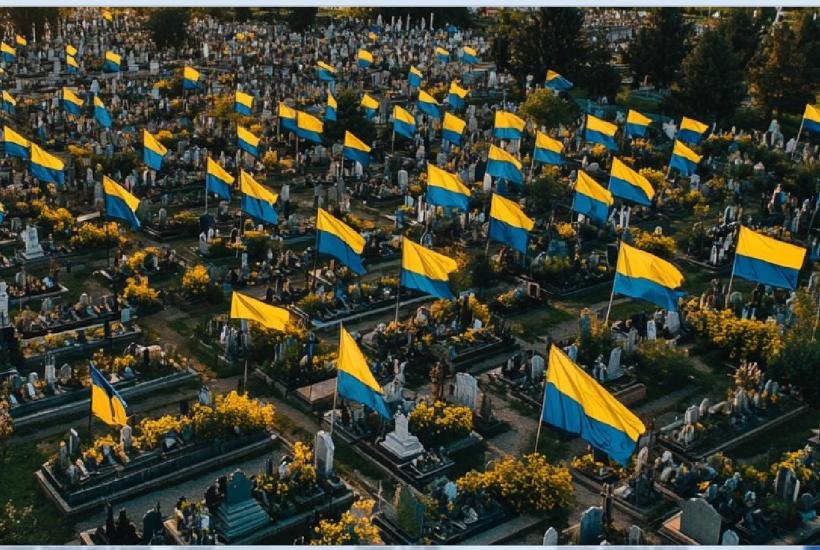

Peter North



